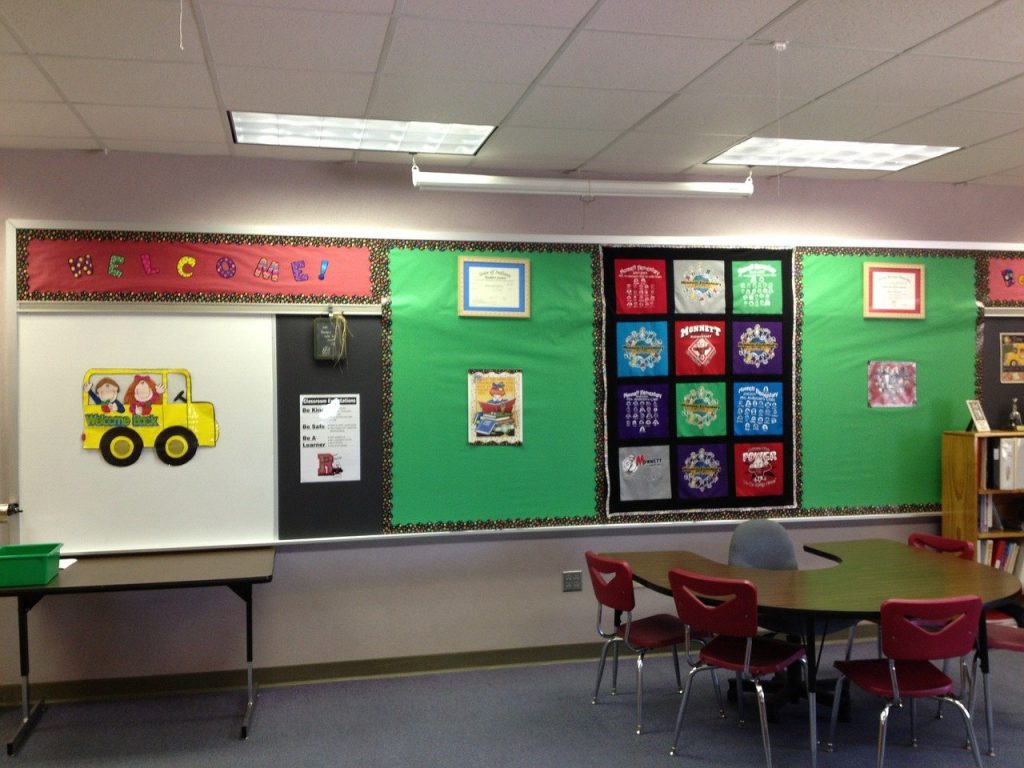Are you looking for ways to motivate students not to use profanity? If so, keep reading.
1. Give learning experiences that emphasize cause and effect links between behavior (e.g., use of obscene/profane language to express one’s thoughts and feelings) and consequences (e.g., loss of others’ respect, lost communication because the obscene/profane language overshadowed the message, etc.).
2. Organize the student’s surroundings to encourage chances for self-expression without obscene/ profane language (e.g., seating the student in front of the classroom for careful monitoring and to prevent task- and communication-related frustration, etc.).
3. Teach the student ways of working through problems to decrease frustration and stress-related behavior. These include (a) problem identification, (b) goal/objective development, (c) strategy development, (d) plan development, (e) plan implementation, and (f) evaluation of plan effectiveness.
4. Stop peers from provoking the student into reactive, oral responses.
5. Show an interest in the student (e.g., acknowledge the student, ask for the student s opinion, work one-on-one with the student).
6. Assist the student’s focus upon positive attempts to connect thoughts and feelings without the use of obscene/profane language. They need to be able to recognize successes and errors for improvement in self-expression.
7. Help the student find their own unique set of antecedents to the use of obscene/profane language. For every antecedent identified, help the student create positive, alternative actions they may move toward problem-solving.
8. Give the student chances for creative self-expression (e.g., sculpting, gymnastics, writing, drawing, dancing, acting, etc.). Learning activities need to be viewed as an avenue of self-expression rather than a way to reinforce, reward, or earn grades.
9. Present and keep positive, consistent class management that incorporates a chance to think through consequences before decisions are made.
10. Give students and parents information about stress. Include positive alternatives to lessen and/or manage stress.
11. Advocate for supports and services to rule out or give for organic or physical concerns such as Tourette’s Disorder according to individual need.
12. The student who is experiencing emotional or behavioral disturbances may respond to stressful situations with abusive or profane language. Advocate for support and service.
13. Watch the student for changes in behavior. A student who does not typically use obscene/ profane language but has begun to do so may be experiencing other concerns (e.g., personal crisis, substance abuse, etc.).
14. On occasions where teaching the student to express thoughts and feelings without using obscene/ profane language, give functional lessons (e.g., interviewing for a job, trying an introduction to a new person, etc.) so the student can designate pragmatic value to this skill.
15. Address and correct the use of obscene/profane language by talking one-on-one with the student instead of confronting the student in large groups. Do this to minimize embarrassment and decrease the chances a student may have for vicarious reinforcement (e.g., approving statements and actions of peers for using obscene/profane language, etc.).
16. Urge the student to view himself/herself positively. Make sure the student knows the use of obscene/profane language represents a poor choice, but they are an “excellent” person. This may help lessen potential crises in which use of obscene/profane language is an antecedent to other undesirable behaviors (e.g., attempts to hurt themselves or others, etc.).
17. Consider using a classroom management app. Click here to view a list of apps that we recommend.
18. Consider using an adaptive behavior management app. Click here to view a list of apps that we recommend.
19. Consider using Alexa to help the student learn to behave appropriately. Click here to read an article that we wrote on the subject.
20. Click here to learn about six bonus strategies for challenging problem behaviors and mastering classroom management.
21. Consider using a socio-emotional learning app. Click here to view a list of apps that we recommend.
22. Consider using an emotional intelligence app. Click here to view a list of apps that we recommend.
23. Consider using a school counseling app. Click here to view a list of apps that we recommend.











